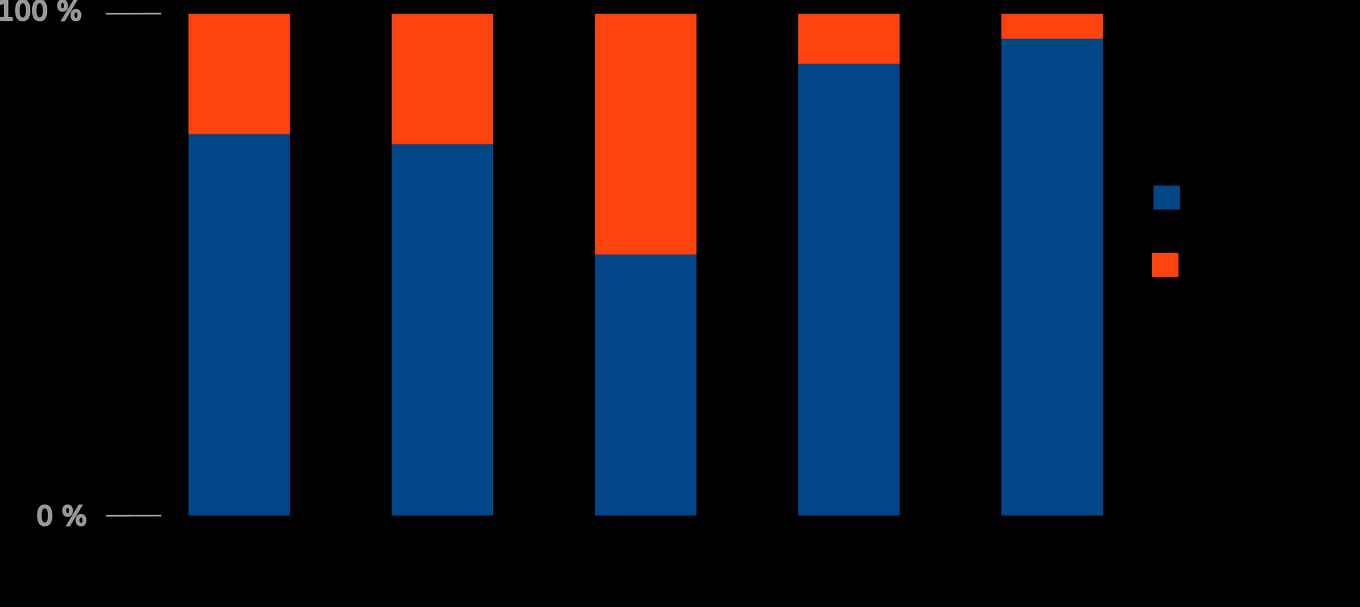The Leaky Pipeline

We see that there is a significant drop in the percentage of females from PhD and postdoc levels to associate and full professor. The assistant professor level is a notable exception (which is the result of active IoP policy to recruit more women at staff level, more about that in the last paragraph). Looking at larger scales, one can also see the leaky pipeline effect at faculty (FNWI) and university (UvA) level (see report ‘Let’s do diversity’).
There are a multitude of reasons why women opt out of academia more than men, but it’s clear that gender discrimation plays a significant role (Goulden et al., 2011; Resmini, 2016). It has been shown that when presented with two identical Curriculum Vitaes (CVs) with gender-identifying information included, 127 professors from various fields (physics, chemistry, and biology) considered those belonging to men to be better; however, when the CVs were gender-blind, women were evaluated as better (Moss-Racusin et al., 2012)
Furthermore, mothers in academia may run into the ‘maternal wall’. Career paths of men and women often diverge soon after having children. A recent study showed that 42% of mothers and 15% of fathers in the US leave full-time STEM employment within three years of having children (Cech and Blair-Loy, 2019). Social expectations based on gender stereotypes place a huge burden on mothers in science to be primary caregivers and excel at work.
IoP is actively striving to counteract the leaky pipeline, for example in its hiring procedures. And with some success: the percentage of female staff has increased with 10 percent point over the last 5 years. This does not mean we are there yet, especially to improve the gender balance at associate and full professor level takes some time, since they are predominantly recruited from lower staff levels. ‘Fixing’ the leaky pipeline asks commitment of all of us to create and sustain a gender equal atmosphere.